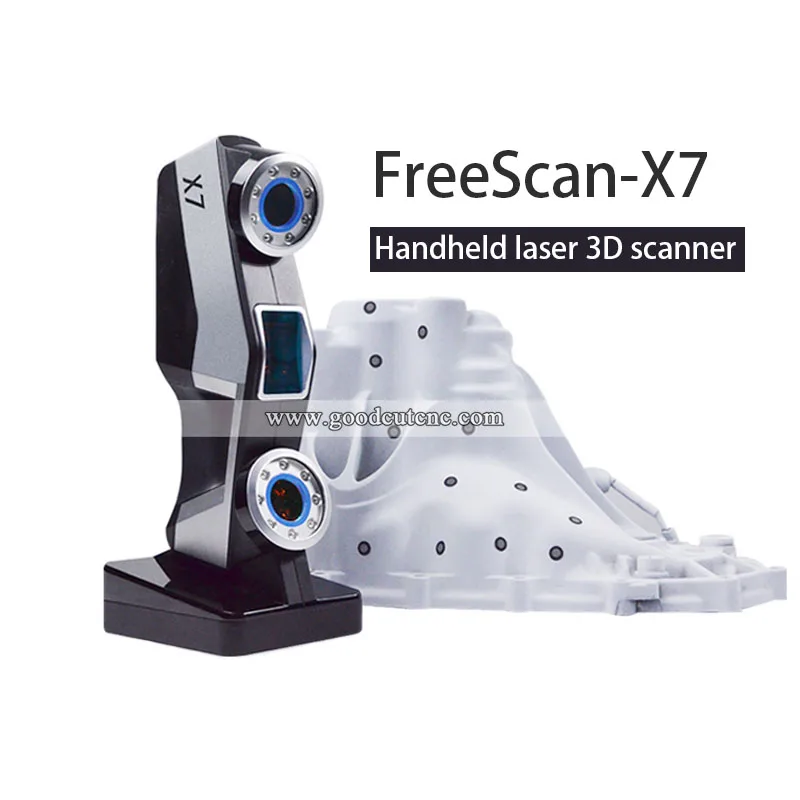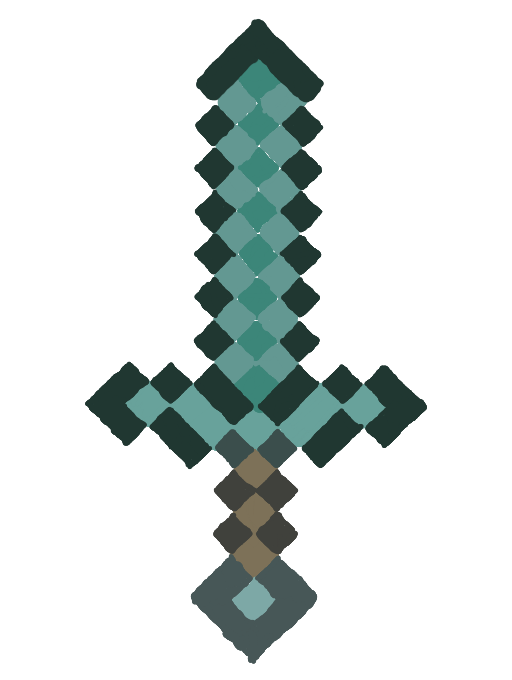Portable 3d scanners price
Best handheld 3D scanners under $30K
Looking for the best handheld 3D scanner? This selection features what we believe are the 6 best handheld 3D scanners under $30,000, based on our own experience as well as feedback from our trusted network.
Last update April 27, 2022
In our last major update, we swapped out the Scantech KSCAN-Magic for the SIMSCAN that we tested weeks earlier. We also added the FreeScan UE Pro, Shining 3D's recent follow-up to the metrology-grade FreeScan X series. We swapped out the Go!SCAN SPARK for the HandySCAN 307 to narrow this selection's price range down to $30K. Minor updates were also made to the buying guide section.
Table of contents
What is the best handheld 3D scanner on the market?
Our handheld 3D scanner selection this year (under $30K)
peel 2
EinScan HX
HandySCAN 307 (SILVER series)
FreeScan UE Pro
SIMSCAN
Leo
Purpose: What do you need your 3D scanner for?
Handheld 3D scanner specifications
Budget
FAQ
What is the best handheld 3D scanner on the market?
There are hundreds of 3D scanners available on the market, from desktop 3D scanners to advanced 3D metrology systems. However, handheld 3D scanners have been gaining a lot of popularity over the past few years.
There are several key tendencies that may be behind this segment’s growth. Over the years, we’ve noticed that handheld 3D scanners and their software (which is often the most complex part of the process) are becoming much easier to use, with smoother workflows and improved design and ergonomics. New entrants – mostly from Asia– have driven prices down to overcome some of the market’s entry barriers, all while providing quality hardware and performance.
More generally speaking, handheld 3D scanners offer various benefits over other types of 3D scanners:
- Ability to access hard-to-reach places
- Relative ease of use
- Portability
Their versatility makes them suitable for a wide range of industries, including automobile, aerospace, engineering, and design, and some can even be used for 3D body scanning.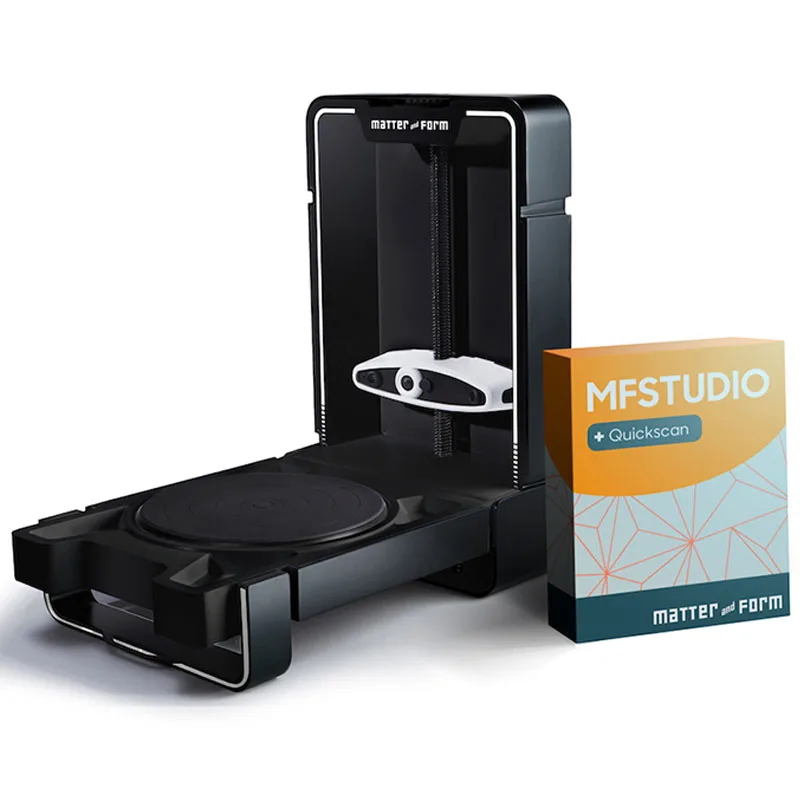
From affordable handheld 3D scanners to advanced, industrial-grade portable 3D scanners, the market caters to almost every need. Our goal is to showcase the best handheld 3D scanners currently available for professionals for under $30,000.
This buyer’s guide is based on a combination of our own experience, in-house 3D scanner reviews, and feedback from our partners.
Note: Not sure if handheld 3D scanning is the right fit for your use case? Take a step back and learn about other types of 3D capture solutions (metrology-grade solutions, jewelry 3D scanners, dental …) in our all-round 3D scanner buyer’s guide.
Our handheld 3D scanner selection this year (under $30K)
The table below recaps our selection of some of the best handheld 3D scanning options. The goal is to provide a quick, visual overview of the market; there are of course numerous other factors to take into account (certifications, software, customer service, …) to get the full picture for each solution and eventually make the right choice.
| Brand | Product | Accuracy | Country | Price Approximate starting prices based on supplier-provided information and public data. Prices may vary by region, over time and do not include additional products or services (taxes, shipping, accessories, training, installation, …). | |
|---|---|---|---|---|---|
| peel 3D This brand is a certified partner from our network. | peel 2 | 0.1 mm0.003937 in | Canada | $ 8,0908 090 €7,176 £1,205,863 ¥ | Quote |
| Shining 3D This brand is a certified partner from our network. | EinScan HX This product has been reviewed by our team. | 0.04 mm0.001575 in | China | $ 12,00012 000 €10,644 £1,788,672 ¥ | Quote |
| Creaform This brand is a certified partner from our network. | HandySCAN 307 (SILVER series) | 0.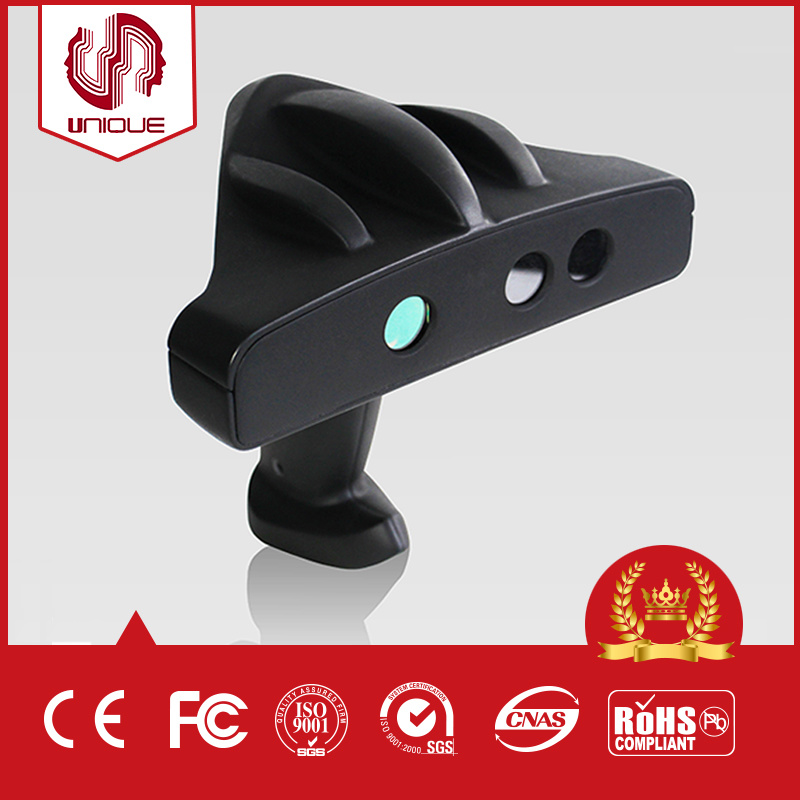 04 mm0.001575 in 04 mm0.001575 in | Canada | $ 21,90019 900 €19,426 £3,264,326 ¥ | Quote |
| Shining 3D This brand is a certified partner from our network. | FreeScan UE Pro This product has been reviewed by our team. | 0.02 mm0.000787 in | China | $ 24,00022 000 €21,289 £3,577,344 ¥ | Contact |
| Artec 3D | Leo | 0.1 mm0.003937 in | Luxembourg | $ 29,80029 800 €26,434 £4,441,869 ¥ | Quote |
| SCANTECH (HANGZHOU) CO., LTD This brand is a certified partner from our network. | SIMSCAN This product has been reviewed by our team. | 0.02 mm0.000787 in | China | upon request | Quote |
Expand to see more specs
*Accuracy: Results measured in ideal conditions. Note that 3D scanner OEMs do not always follow the same protocols to measure their products’ accuracy.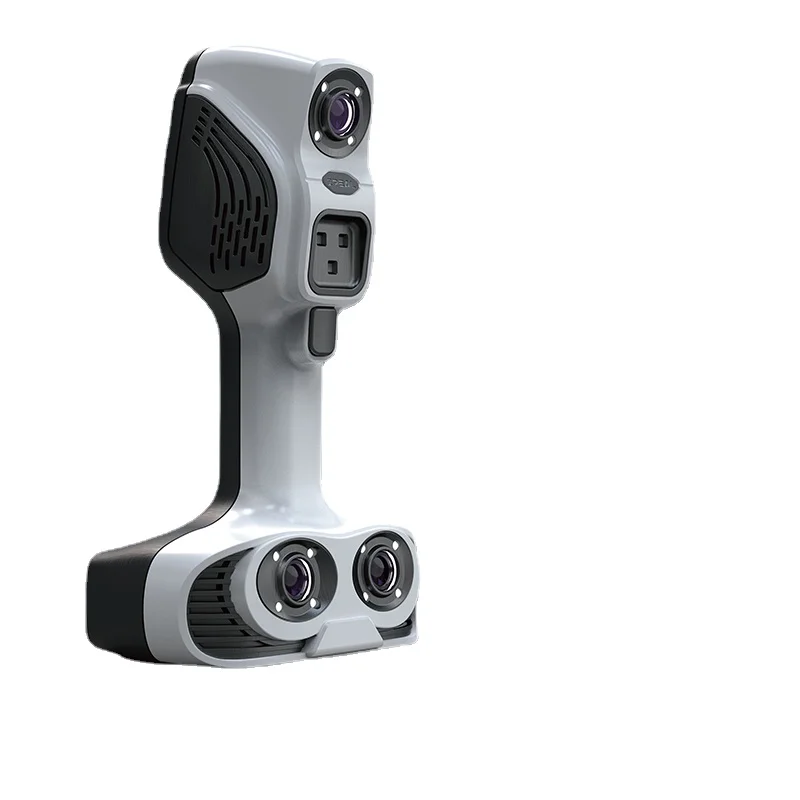
** Max. resolution: Refers to point-to-point distance. Learn more about 3D scanning resolution and accuracy here.
The products in the table are ranked by price (low to high).
| Brand | Product | Technology | Os compatibility | Accuracy | Max resolution | Wireless | Weight | Country | Price Approximate starting prices based on supplier-provided information and public data. Prices may vary by region, over time and do not include additional products or services (taxes, shipping, accessories, training, installation, …). | |
|---|---|---|---|---|---|---|---|---|---|---|
| peel 3D This brand is a certified partner from our network. | peel 2 | Structured light | Microsoft Windows | 0.1 mm0.003937 in | 0.5 mm0.02 in | 0.95 kg2.09 lb | Canada | $ 8,0908 090 €7,176 £1,205,863 ¥ | Get a quote | |
| Shining 3D This brand is a certified partner from our network. | EinScan HX This product has been reviewed by our team. | Structured light | – | 0.04 mm0.001575 in | 0.05 mm0.001969 in | 0.71 kg1.57 lb | China | $ 12,00012 000 €10,644 £1,788,672 ¥ | Get a quote | |
| Creaform This brand is a certified partner from our network. | HandySCAN 307 (SILVER series) | Laser triangulation | – | 0.04 mm0.001575 in | 0.1 mm0.003937 in | 0.85 kg1.87 lb | Canada | $ 21,90019 900 €19,426 £3,264,326 ¥ | Get a quote | |
| Shining 3D This brand is a certified partner from our network. | FreeScan UE Pro This product has been reviewed by our team. | Laser triangulation | – | 0.02 mm0.000787 in | – | 0.84 kg1.85 lb | China | $ 24,00022 000 €21,289 £3,577,344 ¥ | Contact manufacturer | |
| Artec 3D | Leo | Structured light | Microsoft Windows | 0. 1 mm0.003937 in 1 mm0.003937 in | 0.2 mm0.007874 in | 2.6 kg5.73 lb | Luxembourg | $ 29,80029 800 €26,434 £4,441,869 ¥ | Get a quote | |
| SCANTECH (HANGZHOU) CO., LTD This brand is a certified partner from our network. | SIMSCAN This product has been reviewed by our team. | Laser triangulation | – | 0.02 mm0.000787 in | 0.02 mm0.000787 in | 0.57 kg1.26 lb | China | upon request | Get a quote |
Overview of the best handheld 3D scanners under $30,000
In this section, we give some more context and information about each 3D scanner from our selection.
Peel 3d is a subsidiary of Creaform, a leading 3D scanner manufacturer. They first created the original peel 3d (which we reviewed a while back) in order to tap into the entry-level 3D scanner market.
This second-generation peel 3D scanner offers a higher resolution than its predecessor, and is capable of capturing textures and colors. It is available with a smaller scan volume as the peel 2-S version was designed for parts measuring between 5 and 50 cm.
It is available with a smaller scan volume as the peel 2-S version was designed for parts measuring between 5 and 50 cm.
Peel 3D scanners are easy to use, even for beginners with little 3D scanning knowledge. The software that comes with the peel 2 is also intuitive and user-friendly, offering multiple editing functionalities.
Contact manufacturer Get a quote Add to comparison
The EinScan HX is a follow-up to the first-generation EinScan-Pro, EinScan Pro HD, and later EinScan Pro 2X and 2X Plus. In this price range and at this level of performance, the flagship EinScan HX is unrivaled.
This portable 3D scanner features hybrid 3D scanning technology: its rapid mode is based on structured light, while the fine mode uses laser triangulation. The HX is capable of color and texture acquisition, too.
It is a powerful and versatile product that is capable of acquiring difficult surfaces (reflective, dark, or both) and adapting to parts of all sizes. Shining 3D also made great efforts in terms of weight and design; the HX is well-balanced and comfortable to use.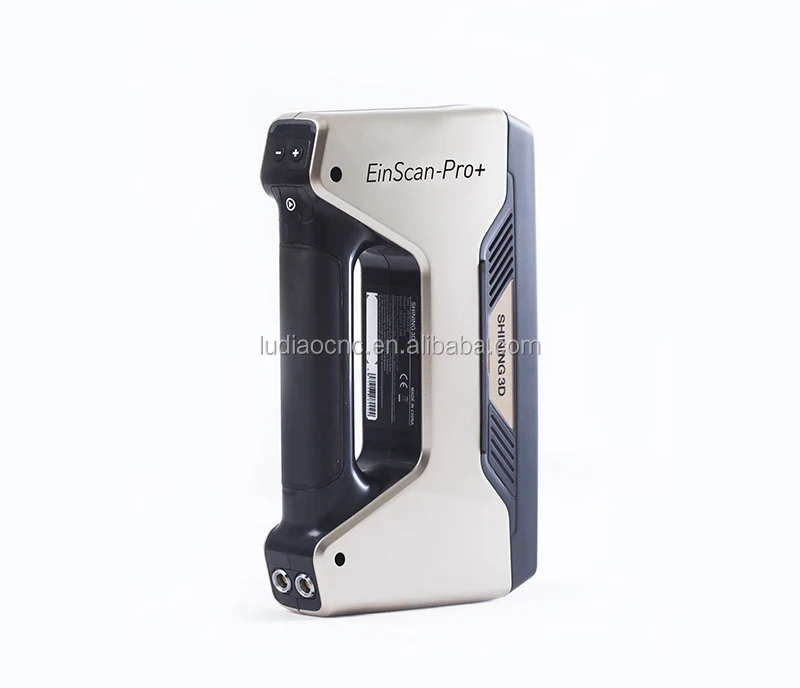
Read the full review: Shining 3D EinScan HX review
Contact manufacturer Get a quote Add to comparison
The SILVER series is a mashup of old and new recipes, combining the HandySCAN 307/700’s excellent reputation with ongoing updates to an already highly capable software.
We reviewed the HandySCAN 700 (HS700) twice; it is identical to the HandySCAN 307 aside that it features a single laser line mode and offers a slightly higher accuracy (0.03mm versus 0.04mm).
In short, we believe that the HandySCAN SILVER Series is an excellent option with a well-rounded and professional software suite. We highly appreciate the fact that the software saves every bit of information from each scan before letting you decide (reversibly) what you keep and which mesh resolution you want.
Read the full review (HS700 version): Creaform HandySCAN 700 review
Contact manufacturer Get a quote Add to comparison
The FreeScan series is a step above the EinScan series, namely in terms of accuracy and repeatability.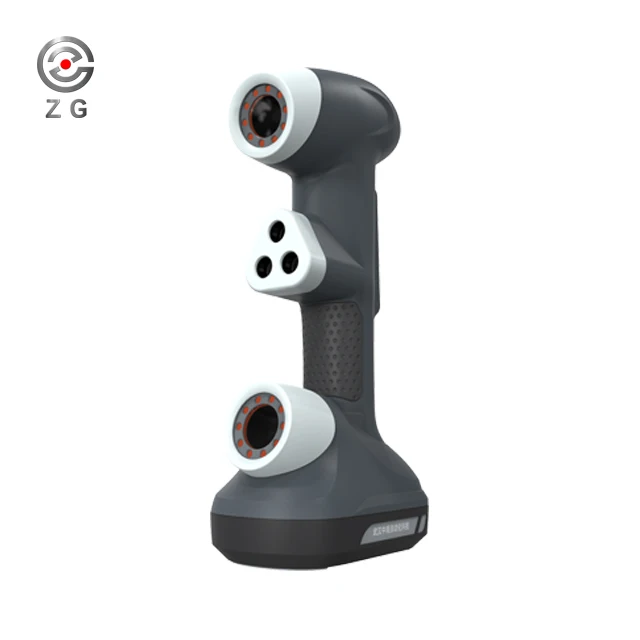 It is a recent upgrade to the FreeScan X, boasting a faster acquisition rate, larger scanning range, lighter weight, and more competitive pricing.
It is a recent upgrade to the FreeScan X, boasting a faster acquisition rate, larger scanning range, lighter weight, and more competitive pricing.
This blue laser 3D scanner offers metrology-grade precision and repeatability, all while being able to scan difficult surfaces in a wide range of environments and industries. Common industries and applications for this type of 3D scanner include the automotive industry, transportation, mould inspection, energy manufacturing, aerospace, and machine manufacturing, among others.
The FreeScan UE Pro offers three scanning modes: 13 laser crosses for quick scans or large objects, 5 parallel laser lines to scan fine details, and a single laser line for deep holes and pockets.
Contact manufacturer Get a quote Add to comparison
The SIMSCAN is extremely lightweight for a handheld 3D scanner, weighing only 570 grams. It’s also very compact– the absolute smallest in its class– with dimensions of 203 x 80 x 44 millimeters. Scantech earned a Red Dot Design Award in 2021 for the SIMSCAN’s disruptive design.
After using the SIMSCAN to 3D scan various types of parts, we can confirm it’s an excellent product that feels, looks, and works great. With a price of around €25,000, the SIMSCAN’s price-to-performance is outstanding. The only blemish lies in the software, but it receives updates regularly and you can export your scans to your preferred suite.
Read the full review: Scantech SIMSCAN review
Contact manufacturer Get a quote Add to comparison
The Artec Leo has been one of the only wireless 3D scanners on the market since its original launch in 2017. It features an onboard processor to capture all data locally, and a large screen that offers real-time 3D visualization.
For its five-year anniversary in March 2022, Artec3D revamped the AI-based Leo with a new processor, the NVIDIA Jetson TX2. It is said to double the Leo’s speed and overall performance. Artec3D now also sells the Leo with a calibration certificate to guarantee its accuracy.
The Leo 3D scanner is a great option, namely in hard-to-reach areas or wherever it can be complex to plug in the Leo and a laptop. However, for more standard use cases, keep in mind that the Leo weighs 2.6kg; that’s around x5 times heavier than the most lightweight portable 3D scanners.
However, for more standard use cases, keep in mind that the Leo weighs 2.6kg; that’s around x5 times heavier than the most lightweight portable 3D scanners.
Contact manufacturer Get a quote Add to comparison
Portable 3D scanner buying guide
Before choosing a portable 3D scanner, it’s important to take certain elements into account.
Purpose: What do you need your 3D scanner for?
Today’s handheld 3D scanners are very versatile and can be used for multiple use cases in various industries. Nevertheless, there are a few questions you can ask yourself to help make the right choice.
- How big or small are the parts you’re going to scan? This will determine your field of view. Some 3D scanners have multiple modes or fields of view to handle small, medium, and large parts, while some are specially designed for small pieces.
- Are you already familiar with 3D scanning? If you’re new to 3D scanning, you may want to look out for streamlined workflows.
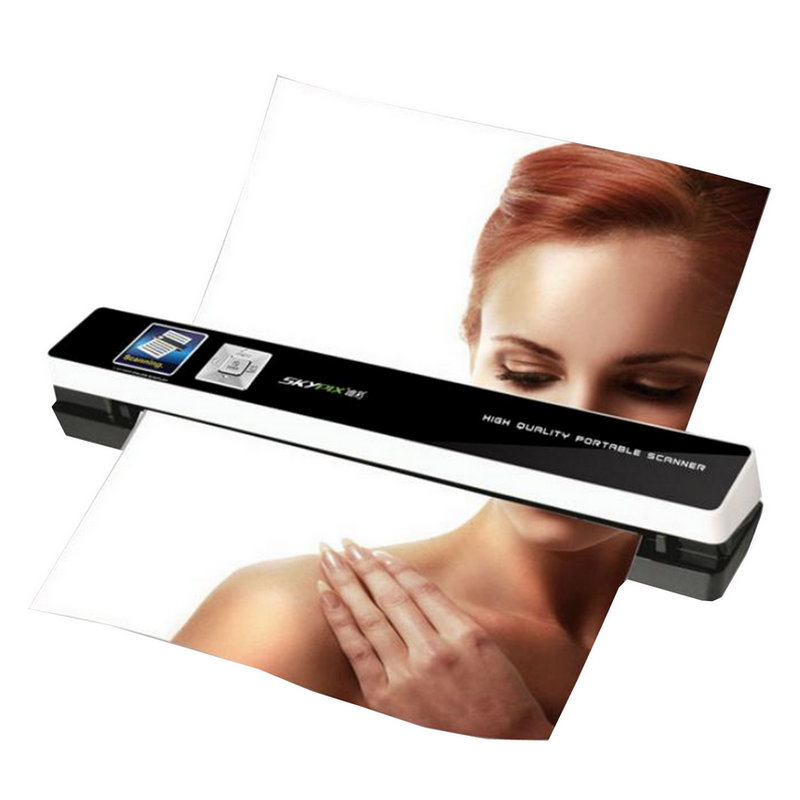 Some brands have several product generations of experience and provide more intuitive software.
Some brands have several product generations of experience and provide more intuitive software.
- Do you need to acquire colors? Many recent handheld 3D scanners boast texture/color capture, but this feature isn’t standard. It is quite rare on 3D scanners that focus on metrology applications, as having color maps could be superfluous when you just want to inspect a part’s shape.
- Will you be 3D scanning every day? Perhaps you’d prefer a 3D scanner that’s easy and quick to set up and put away.
3D scanning can serve an amazing amount of purposes– determine yours before you choose a handheld 3D scanner.
Handheld 3D scanner specifications
Accuracy
A 3D scanner’s accuracy is its ability to obtain exact measurements. In certain industries, like quality inspection, high accuracy is of utmost importance. Entry-level handheld 3D scanners generally boast accuracies around 200 microns, while more premium products can go down to 20 microns.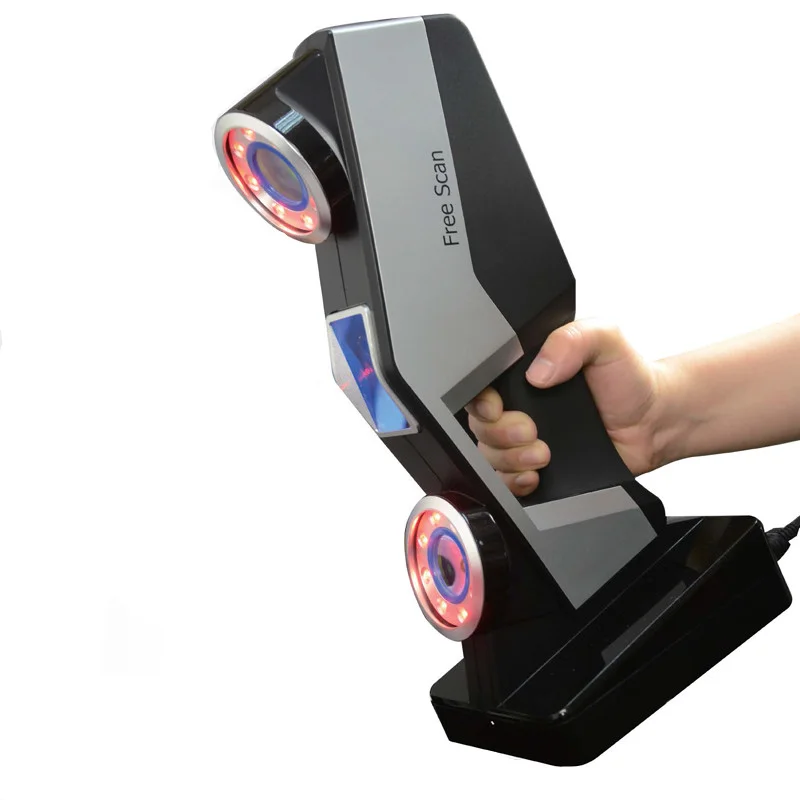
Resolution
Just like with photos or screens, the level of resolution will count more or less depending on the amount of detail you need. In 3D scanning, resolution is generally measured in point-to-point distance.
Speed
The speed factor is especially important when 3D scanning large objects and landscapes (where SLAM/iMMS scanners shine), or for 3D body scanning.
Large objects take a while to scan, and some 3D scanners require you to stand still for a few seconds before moving on to the next perspective. Keep in mind that you’ll be “pointing and shooting” with your handheld 3D scanner in your hand; the longer you carry it, the heavier it feels.
Nonetheless, some 3D scanners like the Go!SCAN SPARK or the EinScan HX allow you to easily pause and resume from anywhere thanks to efficient automatic scan alignment.
Budget
Last but not least, and as is the case for so many other products, budget is definitely something to take into account.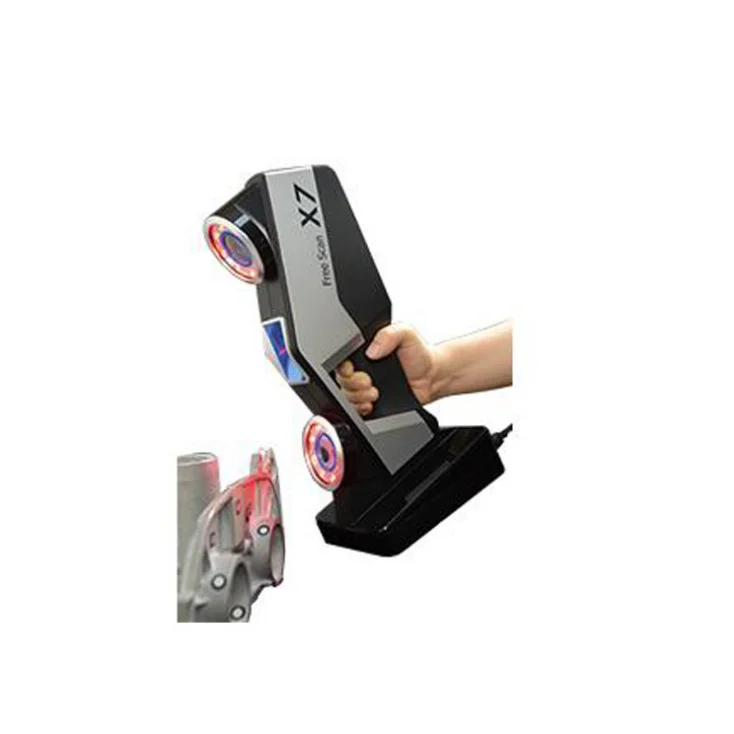 There are cheap handheld 3D scanner options for under $1,000 if you’re willing to sacrifice accuracy and performance (see our “Affordable 3D scanner” selection here).
There are cheap handheld 3D scanner options for under $1,000 if you’re willing to sacrifice accuracy and performance (see our “Affordable 3D scanner” selection here).
Industrial 3D scanners are the most expensive, with advanced 3D scanning technologies and prices around $100K. Unless you need a 3D scanner for 24/7 automated quality inspection or other very specific use cases, an entry or mid-level 3D scanner will suit you.
FAQ
How much does a handheld 3D scanner cost?
Mid-range handheld 3D scanners tend to cost between $10,000 and $30,000. There are affordable handheld 3D scanner options under $1,000, and high-end, metrology-grade handheld scanners priced at over $50,000.
How accurate are handheld 3D scanners?
High-end handheld 3D scanners can reach an accuracy up to 0.020mm. Entry-level, affordable scanners offer a scan accuracy of around 0.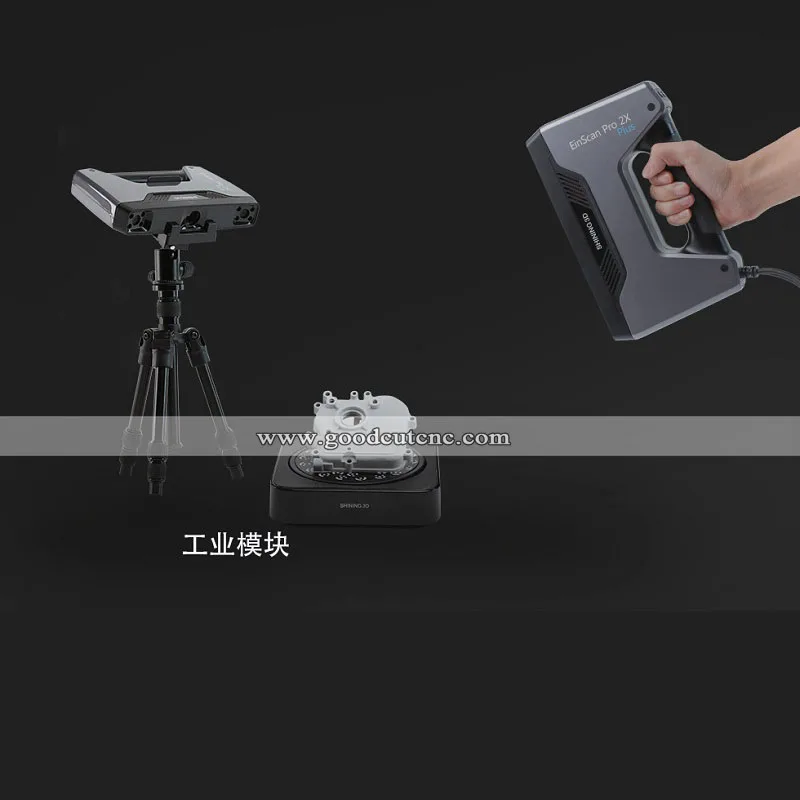 10mm.
10mm.
Best 3D scanner 2022 - Expert selections for every need
What is the best 3D scanner?
Many different types of 3D scanners exist, from desktop 3D scanners to handheld 3D scanners and advanced metrology systems. 3D scanners serve an extremely wide range of applications, from reverse engineering to 3D body scanning or even forensic investigations.
However, given the low number of reliable 3D scanner reviews, it can be challenging to find the best 3D scanner. It can also be complex to know what kind of 3D scanner to get based on your application. A $2,000 3D scanner won’t be sufficient for part inspection, and a $60,000 3D scanner would be overkill if you don’t need the precision.
With that in mind, our goal is to offer an overview of the best 3D scanners in different categories. We broke down our best 3D scanner picks into actionable selections:
- Professional: A mix of the best desktop and handheld options for professionals
- Affordable: Entry-level 3D scanners for makers with prices starting at around $400
- Metrology: High-precision 3D scanners for demanding use cases
- Handheld: Portative devices that can access hard-to-reach places
- SLAM and iMMS: Mobile laser 3D scanners for BIM and other large-scale applications
- TLS: Terrestrial LiDAR scanners
- Dental (desktop): Stationary 3D scanners for the dental labs
- Jewelry: Closed, high-precision 3D scanners for jewelers
- 3D body scanners: Booths and handheld color 3D scanners
Note that there can be some overlap between categories. For example, some handheld 3D scanners are precise enough for metrology or can capture colors and work for 3D body scanning.
For example, some handheld 3D scanners are precise enough for metrology or can capture colors and work for 3D body scanning.
Tip: Use the table of contents to the top left of your screen to easily navigate between our selections.
We also run through different 3D scanning applications (reverse engineering, 3D inspection, architecture, etc.) and provide concise explanations of the various 3D scanning technologies that exist.
Professional 3D scanner selection
This category groups some of the best professional 3D scanners. Our selection spans a wide price spectrum and includes both desktop scanners and handheld 3D scanners. These 3D scanners can cover most professional use cases.
| Brand | Product | Accuracy | Country | Price Approximate starting prices based on supplier-provided information and public data. Prices may vary by region, over time and do not include additional products or services (taxes, shipping, accessories, training, installation, …). | |
|---|---|---|---|---|---|
| SCANTECH (HANGZHOU) CO., LTD This brand is a certified partner from our network. | iReal 2E | 0.1 mm0.003937 in | China | $ 3,9803 980 €3,530 £593,243 ¥ | Quote |
| Shining 3D This brand is a certified partner from our network. | EinScan H | 0.1 mm0.003937 in | China | $ 4,9994 999 €4,434 £745,131 ¥ | Quote |
| Shining 3D This brand is a certified partner from our network. | EinScan HX This product has been reviewed by our team. | 0.04 mm0.001575 in | China | $ 12,00012 000 €10,644 £1,788,672 ¥ | Quote |
| Medit | Solutionix C500 | 0.01 mm0.000394 in | South Korea | $ 40,00036 500 €35,482 £5,962,240 ¥ | Quote |
| Creaform This brand is a certified partner from our network. | HandySCAN BLACK Elite This product has been reviewed by our team. | 0.025 mm0.000984 in | Canada | $ 65,00057 000 €57,658 £9,688,640 ¥ | Quote |
| GOM | ATOS Q This product has been reviewed by our team. | – | Germany | upon request | Quote |
| GOM | GOM Scan 1 This product has been reviewed by our team. | – | Germany | upon request | Quote |
| SCANTECH (HANGZHOU) CO., LTD This brand is a certified partner from our network. | SIMSCAN This product has been reviewed by our team. | 0.02 mm0.000787 in | China | upon request | Quote |
Expand to see more specs
The products in the table are ranked by price (low to high).
| Brand | Product | Technology | Category | Country | Price Approximate starting prices based on supplier-provided information and public data. | |
|---|---|---|---|---|---|---|
| SCANTECH (HANGZHOU) CO., LTD This brand is a certified partner from our network. | iReal 2E | Structured light | Mobile > Handheld | China | $ 3,9803 980 €3,530 £593,243 ¥ | Get a quote |
| Shining 3D This brand is a certified partner from our network. | EinScan H | Hybrid | Mobile > Handheld | China | $ 4,9994 999 €4,434 £745,131 ¥ | Get a quote |
| Shining 3D This brand is a certified partner from our network. | EinScan HX This product has been reviewed by our team. | Structured light | Mobile > Handheld | China | $ 12,00012 000 €10,644 £1,788,672 ¥ | Get a quote |
| Medit | Solutionix C500 | Structured light | Stationary > Desktop | South Korea | $ 40,00036 500 €35,482 £5,962,240 ¥ | Get a quote |
| Creaform This brand is a certified partner from our network. | HandySCAN BLACK Elite This product has been reviewed by our team. | Laser triangulation | Mobile > Handheld | Canada | $ 65,00057 000 €57,658 £9,688,640 ¥ | Get a quote |
| GOM | ATOS Q This product has been reviewed by our team. | Structured light | Stationary > Industrial | Germany | upon request | Get a quote |
| GOM | GOM Scan 1 This product has been reviewed by our team. | Structured light | Stationary > Desktop | Germany | upon request | Get a quote |
| SCANTECH (HANGZHOU) CO., LTD This brand is a certified partner from our network. | SIMSCAN This product has been reviewed by our team. | Laser triangulation | Mobile > Handheld | China | upon request | Get a quote |
Overview of the best professional 3D scanners
The iReal 2E is another versatile 3D scanning option in the entry-level price range.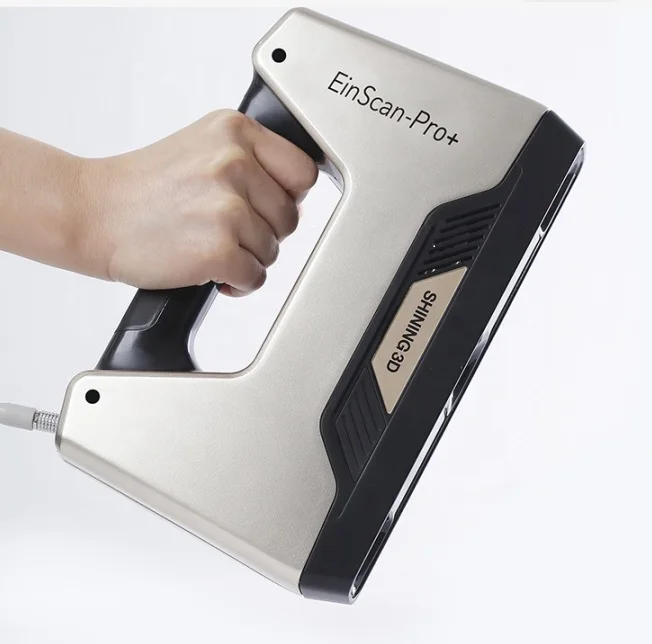 It uses VCEL structured light to capture medium- to large-sized objects. Like infrared light, VCEL light is invisible to the human eye and is therefore also particularly adapted to face and body 3D scanning.
It uses VCEL structured light to capture medium- to large-sized objects. Like infrared light, VCEL light is invisible to the human eye and is therefore also particularly adapted to face and body 3D scanning.
Scantech has reported diverse use cases for the iReal 2E 3D scanner, namely in forensic investigations, healthcare, and even culture preservation. In the latter, Scantech’s customer 3D scanned a woman performing different Tai Chi movements– an interesting and uncommon application!
Contact manufacturer Get a quote Add to comparison
The EinScan H was launched alongside the EinScan HX in September 2020. It uses a combination of structured LED light and infrared light, with a built-in color camera for texture acquisition.
This 3D scanner can therefore serve a range of applications involving color capture, with uses in retail, art preservation, healthcare, and more. Furthermore, its infrared light is eye-safe and won’t blind users during a face or body scan.
Shining 3D’s versatile EinScan H is a great entry-level deal for most basic use cases, and its software is getting more intuitive by the update.
Contact manufacturer Get a quote Add to comparison
The EinScan HX features hybrid technology: it has both structured LED light and laser triangulation capabilities, an industry-first from Shining 3D. Each technology is accessible through a specific mode that the user chooses at the beginning of a 3D scanning process.
After reviewing the HX, we found that it is a powerful and versatile product, capable of 3D scanning parts of various properties (sizes, colors, textures). It has a nice and sturdy finish and is easy to manipulate. In addition, the little weight it has is very well distributed to offer an ergonomic balance.
In this price range and at this level of performance, the EinScan HX is unrivaled.
Read the full review: Shining 3D EinScan HX review
Contact manufacturer Get a quote Add to comparison
The SIMSCAN is extremely lightweight for a handheld 3D scanner, weighing only 570 grams. It’s also very compact– the absolute smallest in its class– with dimensions of 203 x 80 x 44 millimeters. Scantech earned a Red Dot Design Award in 2021 for the SIMSCAN’s disruptive design.
Scantech earned a Red Dot Design Award in 2021 for the SIMSCAN’s disruptive design.
After using the SIMSCAN to 3D scan various types of parts, we can confirm it’s an excellent product that feels, looks, and works great. With a price of around €25,000, the SIMSCAN’s price-to-performance is outstanding. The only blemish lies in the software, but it receives updates regularly and you can export your scans to your preferred suite.
Read the full review: Scantech SIMSCAN review
Contact manufacturer Get a quote Add to comparison
The BLACK Elite tops out Creaform’s flagship HandySCAN range, which we have reviewed several times over the years. It delivers a powerful performance that reminds us of the Metrascan 750, but without all the hurdles (complex setup, number of parts and accessories, and large footprint).
Creaform’s HandySCAN BLACK Elite boasts a clean, robust finish. Everything exudes quality and rigor, the attention to detail is similar to the feeling that Apple products give off. It’s no wonder this scanner received a Red Dot Design Award (2019).
It’s no wonder this scanner received a Red Dot Design Award (2019).
Read the full review: HandySCAN BLACK Elite review
Contact manufacturer Get a quote Add to comparison
With a starting price of around €20,000, the GOM Scan 1 is GOM’s most entry-level, metrology-grade solution. We visited GOM’s Benelux HQ to review the scanner in early 2022, and were not disappointed.
The offer? GOM quality and performance at an affordable price. It is on par with high-end metrology 3D scanners and is quite fast at 6,000,000 points per scan. The GOM Scan 1 also benefits from the same, powerful GOM Inspect software as its more premium counterparts.
It is a small, lightweight, and precise machine packed with very serious capabilities.
Read the full review: GOM Scan 1 review
Contact manufacturer Get a quote Add to comparison
The ATOS Q is part of GOM’s ATOS lineup, a range of industrial-grade optical metrology solutions. It is aimed at industrial users looking for a powerful and flexible metrology solution at a reasonable price.
One of the ATOS Q’s key selling points is the fact that it can be easily moved along an assembly line or from one site to another. It can’t be qualified as “portable”, but is without a doubt “transportable”.
The scanner also offers a lot of flexibility in part type and size thanks to its multiple lenses and is able to acquire difficult surfaces thanks to its blue light equalizer.
Read the full review: GOM ATOS Q review
Contact manufacturer Get a quote Add to comparison
Solutionix is part of the larger, South-Korean Medit group, and is known for its high-precision dental 3D scanners. Their C500 is able to scan larger objects while benefitting from the same, excellent precision and resolution. Its automatic turntable not only turns but also tilts, providing very thorough scans.
While the Solutionix C500 is sensitive to dark and shiny surfaces, it offers very clean data and high resolution when such surfaces are matted with special spray (like AESUB). The C500 comes with four different sets of lenses for varying fields of view, resolution, and accuracy.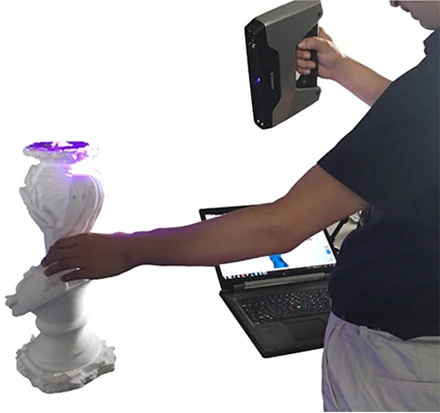 Its smallest lens set gives an accuracy of 10 microns and a resolution of just 28 microns (point-to-point distance).
Its smallest lens set gives an accuracy of 10 microns and a resolution of just 28 microns (point-to-point distance).
The C500 is particularly adapted to small parts, but can be mounted onto a tripod for the occasional large scan.
Contact manufacturer Get a quote Add to comparison
Affordable 3D scanners for makers
This selection includes some of the best affordable 3D scanners for makers.
| Brand | Product | Accuracy | Country | Price Approximate starting prices based on supplier-provided information and public data. Prices may vary by region, over time and do not include additional products or services (taxes, shipping, accessories, training, installation, …). | |
|---|---|---|---|---|---|
| Scan Dimension | SOL | – | Denmark | $ 599609 €531 £89,285 ¥ | Buy |
| Revopoint | POP 2 | 0.1 mm0.003937 in | China | $ 699711 €620 £104,190 ¥ | Buy |
| Creality | CR-SCAN 1 | 0. 1 mm0.003937 in 1 mm0.003937 in | China | $ 700700 €621 £104,339 ¥ | Contact |
| Matter and Form | Scanner V2 | 0.1 mm0.003937 in | United States | $ 749761 €664 £111,643 ¥ | Buy |
| Shining 3D This brand is a certified partner from our network. | EinScan-SE (Elite) | 0.1 mm0.003937 in | – | $ 1,1991 219 €1,064 £178,718 ¥ | Contact |
Expand to see more specs
The products in the table are ranked by price (low to high).
| Brand | Product | Technology | Country | Price Approximate starting prices based on supplier-provided information and public data. Prices may vary by region, over time and do not include additional products or services (taxes, shipping, accessories, training, installation, …). | |
|---|---|---|---|---|---|
| Scan Dimension | SOL | Laser triangulation | Denmark | $ 599609 €531 £89,285 ¥ | Buy on Amazon France |
| Revopoint | POP 2 | Structured light | China | $ 699711 €620 £104,190 ¥ | Buy on Revopoint |
| Creality | CR-SCAN 1 | Structured light | China | $ 700700 €621 £104,339 ¥ | Contact manufacturer |
| Matter and Form | Scanner V2 | Laser triangulation | United States | $ 749761 €664 £111,643 ¥ | Buy on Amazon US |
| Shining 3D This brand is a certified partner from our network. | EinScan-SE (Elite) | Structured light | – | $ 1,1991 219 €1,064 £178,718 ¥ | Contact manufacturer |
Overview of the best affordable 3D scanner options
Revopoint launched the POP 2 towards the end of 2021 after a successful Kickstarter campaign with the original POP. We reviewed the original POP shortly before this release, and it seems that some of the quacks (mainly software-related) we encountered have since been worked out. Their new software features a calibration process and a new “Wi-Fi host” mode.
The POP 2 is an interesting option for makers or beginners looking to learn more about 3D scanning. We wouldn’t particularly recommend it for professional use cases, though it can get the job done if you don’t need high resolution.
The Revopoint POP 2 can be used on a small tripod or as a handheld device, and is able to capture colors.
Buy on Revopoint Add to comparison
The EinScan-SE is a powerful entry-level desktop 3D scanner designed to capture small- to medium-sized objects in 3D. Launched back in 2017, it’s still relevant today as an affordable, professional-grade option.
Launched back in 2017, it’s still relevant today as an affordable, professional-grade option.
It is based on white structured light technology and offers two 3D capture modes: Fixed Scan and Auto Scan (with a rotating table). The Shining 3D EinScan-SE is a versatile and fast 3D scanner, suitable for a wide range of applications and designed with 3D printing applications in mind.
Contact manufacturer Add to comparison
This affordable desktop 3D scanner is geared towards hobbyists and tech enthusiasts. The SOL 3D scanner is equipped with an automatic turntable to complement its hybrid 3D scanning technology (a combination of structured light and laser triangulation).
Scan Dimension notes that this 3D scanner is easy to use, thanks to a simplified app that lets users avoid complex calibration and software manipulation.
Buy on Amazon France Add to comparison
The CR-SCAN 1 is another 3D scanner under $1,000. It can be used on a tripod as well as in handheld mode. According to Creality, the use of markers is unnecessary thanks to their AI-based alignment algorithm.
According to Creality, the use of markers is unnecessary thanks to their AI-based alignment algorithm.
Contact manufacturer Add to comparison
Matter and Form has been producing affordable desktop 3D scanners since 2014. The 3D Scanner V2 (a.k.a. MFS1V2) is, as its naming suggests, the second version of their flagship product, the Matter and Form MFS1V1 3D scanner.
It boasts a great price-to-performance ratio and is able to quickly scan 3D objects while displaying results in real time. Matter and Form also manufactures the Bevel dongle for use with 3D scanning smartphone apps.
Buy on Amazon US Add to comparison
Metrology 3D scanner selection
3D metrology is the process of acquiring highly accurate physical 3D measurements of an object. The result is a digital 3D model that users can analyze or retro-engineer.
Take quality inspection, for example. Professionals can compare the 3D scan to a reference CAD model to make sure the object respects established norms and standards. 3D metrology helps ensure product quality while saving time and, thus, lowering costs.
3D metrology helps ensure product quality while saving time and, thus, lowering costs.
Handheld 3D scanner selection
Handheld 3D scanners have been gaining a lot of popularity over the past few years. They offer various benefits over other types of 3D scanners:
- Ability to access hard-to-reach places
- Relative ease of use
- Portability
Their versatility makes them suitable for a wide range of industries, including automobile, aerospace, engineering, and design, and some can even be used for 3D body scanning.
SLAM 3D scanner selection
SLAM (Simultaneous Localization and Mapping) technology allows a device to position itself and navigate through a given space based on its surroundings. Sometimes called CML (Concurrent Mapping and Localization), it was initially developed for robots and autonomous appliances.
In 3D scanning (mobile mapping), SLAM algorithms combine and use the sets of data collected from one or more sources to track the scanner’s position, all while building up an accurate, complete 3D point cloud of the surrounding environment.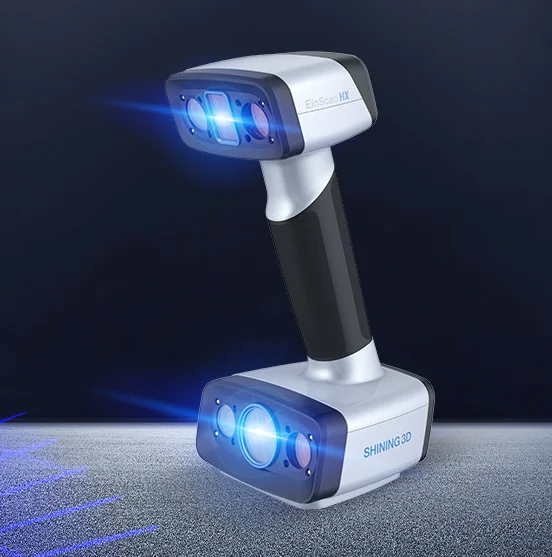
SLAM-based 3D scanners can work in extremely remote locations where GPS or GNSS signals are unavailable, and make it easy to quickly 3D scan large areas like building sites and underground caves.
TLS (Terrestrial Laser Scanner) selection
Terrestrial laser scanning (TLS) is a form of 3D scanning in which tripod-mounted laser scanners are used to capture large objects and environments. The technique is widely used in construction, surveying, forestry, and other disciplines.
Also known as long-range laser scanning, TLS involves deploying a scanner in a static location, whereas other laser scanners may be handheld or mounted to vehicles to capture data from a greater number of vantage points. TLS produces more accurate scans than mobile scanning — at the expense of speed and simplicity.
These 3D scanners are often generically called LiDAR scanners, though terrestrial scanners aren’t the only type of scanner to use the technology.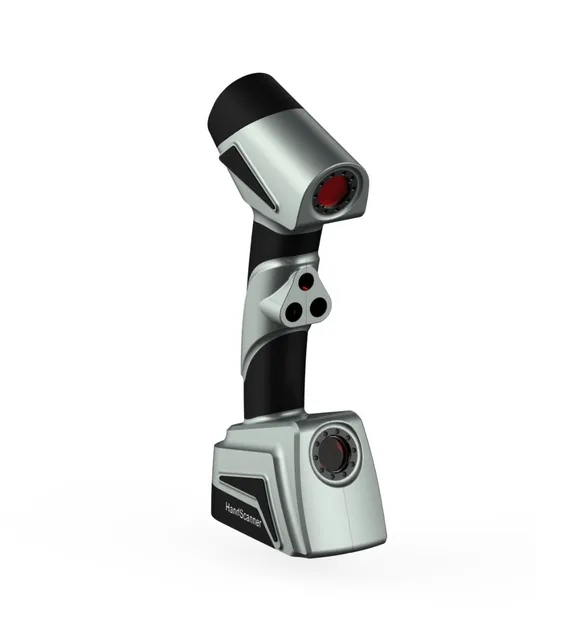
Desktop dental 3D scanner selection
Bit by bit, dentists are beginning to replace traditional methods with digital dentistry. This involves the use of digital capture, digital design, and digital production technologies to improve the speed, accuracy, and profitability of dental practice.
A key part of digital dentistry is the use of 3D scanners, which capture 3D shapes using a combination of cameras and light projection before transferring the result to a computer.
Desktop dental 3D scanners capture dental models or impressions (negative imprints of a patient’s teeth and gums) and are usually used in a laboratory setting.
Jewelry 3D scanner selection
A popular use of 3D scanning technology is jewelry 3D scanning. This is the process of 3D scanning jewelry, precious metals, and gemstones with the goal of creating a digital copy of the original object. The digital twin can be used for many purposes, such as repairing or duplicating a valuable item.
3D scanners have been adopted as a supplementary tool by traditional jewelers, but the technology has also allowed newcomers to enter the field, many of which have combined 3D scanning with jewelry 3D printing.
Most jewelry 3D scanners are enclosed or partly enclosed desktop machines that offer ideal lighting conditions. Desktop jewelry 3D scanners almost always feature an automatic turntable, or auto-rotating table, on which the piece of jewelry is placed to be scanned.
3D body scanner selection
3D body scanners are designed to capture your full body in 3D. The result is a 3D model (or 3D avatar) of your exact body shape with accurate data such as body measurements, posture analysis, textures, …
Originally developed for the fashion industry as fast and accurate 3D measurement solutions, 3D body scanners are now used in various other fields such as healthcare, 3D figurines and 3D photos, fitness, and entertainment.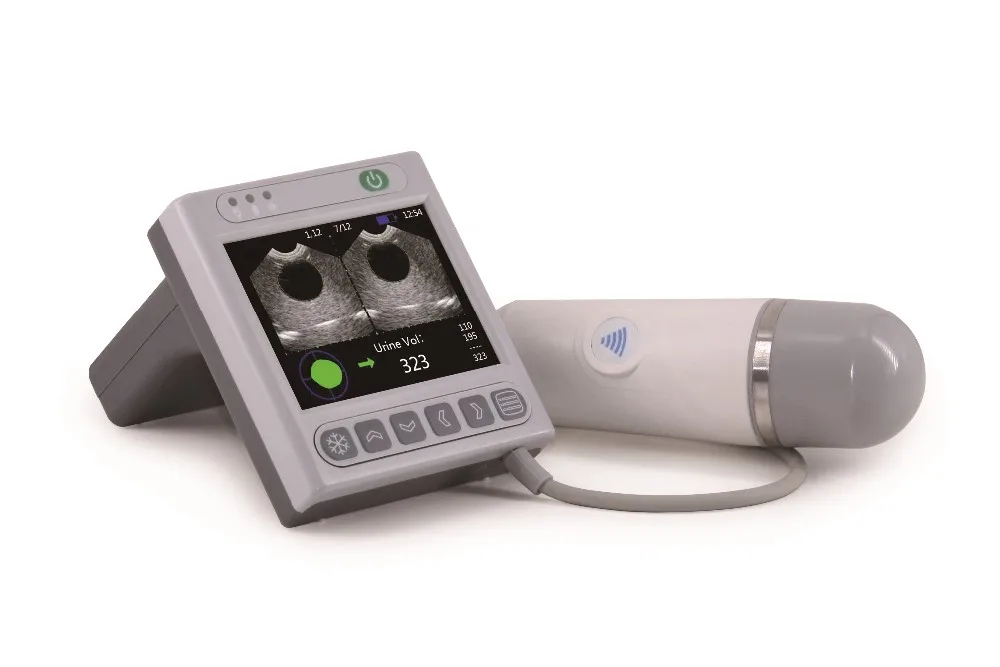
To obtain a full-body 3D scan, the customer or patient holds a pose for a few seconds, which is the time it takes for the 3D scanner to capture images from all angles. The 3D software then reconstructs the final 3D model of the body by “stitching” all of the images together, generating a highly detailed 3D model. Models can have colors and textures depending on the type of body scanner.
Which 3D scanner is the best for me?
3D scanning can be used in a large variety of fields. For every application, the features necessary to generate a great 3D model are different. The 3D scanner must be chosen according to your desired use and results.
What the best 3D scanner is for you will depend on many factors, detailed below.
3D scanning field of application
The first thing to take into consideration is the field in which the 3D scanner will be used. It could be for example:
Professional use
- Small objects: dentists, jewelers, and other professionals can use 3D scanning to capture small pieces.
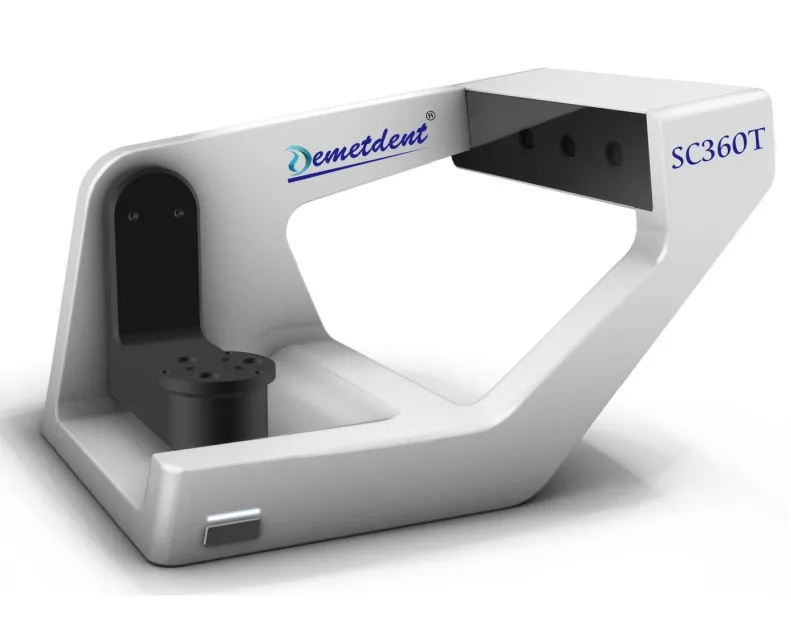
- Big objects: professionals such as architects and archeologists might need to 3D scan large objects such as statues, archeological fields, or buildings.
- 3D body scanning is increasingly used in various professional fields such as healthcare and 3D figurines.
Personal use
- Occasional scanning: A person might need to use 3D scanning on rare occasions or maybe just one time.
- 3D scanning on a regular basis: You can use 3D scanning for various things from making personalized objects to making a replica of yourself, friends, or family members.
Type of 3D scanned object
Dimensions and distance of the object (scan area and scanning range)
The “best 3D scanner” will depend on the dimensions and the distance of the objects you wish to 3D scan. A desktop 3D scanner can’t 3D scan a 2-meter-tall statue, and a handheld 3D scanner might not be the best option to 3D scan a very small and precise piece.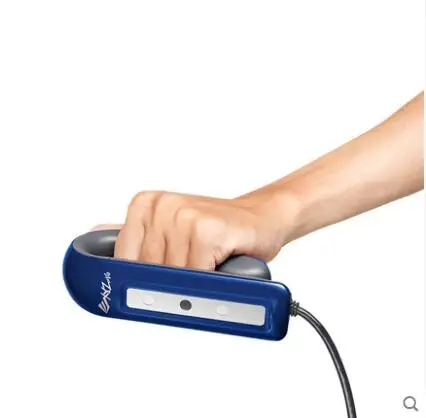
Surface of the object
Not every 3D scanner is able to capture colors. For color capture, you need a scanner with photogrammetry.
It can also be challenging to capture objects with black, shiny, or reflective surfaces. However, as 3D scanning OEMs fine-tune their technology and hardware, such surfaces are becoming less and less of a challenge. For cases where it is a challenge, it is always possible to use a white mattifying spray.
Desired resolution
Not all 3D scanners offer the same level of resolution. Therefore, depending on the quality you need, some 3D scanner models are more adapted than others. Reverse engineering requires high resolution and precision, for example.
Desktop 3D scanners
Desktop 3D scanners can be ideal for both professionals and hobbyists that need to scan small parts. They tend to be more accurate since you aren’t holding and moving the 3D scanner around yourself.
Also, many desktop 3D scanners come with (or at least optionally) an automatic turntable, which makes it much easier to get clean 3D scans.
Handheld 3D scanners
Handheld 3D scanners, a.k.a. portable 3D scanners, are versatile and can 3D scan small to very large objects. They also enable users to 3D scan hard-to-reach places. The precision and the ability to capture color and texture will depend on the 3D scanner model.
3D body scanners3D body scanners have applications in numerous fields.
- Professionals: professionals might want to 3D scan a person to make a 3D figurine, prepare for a surgical intervention, follow-up on a pregnancy or skin conditions, etc.
- Individuals: 3D body scanners can help with fitness goals and personal shape. These 3D scanners usually can’t capture color and texture but offer a high resolution.
3D scanning mobile apps
3D scanning mobile apps are ideal for occasional users that are not willing to or are unable to invest in a 3D scanner.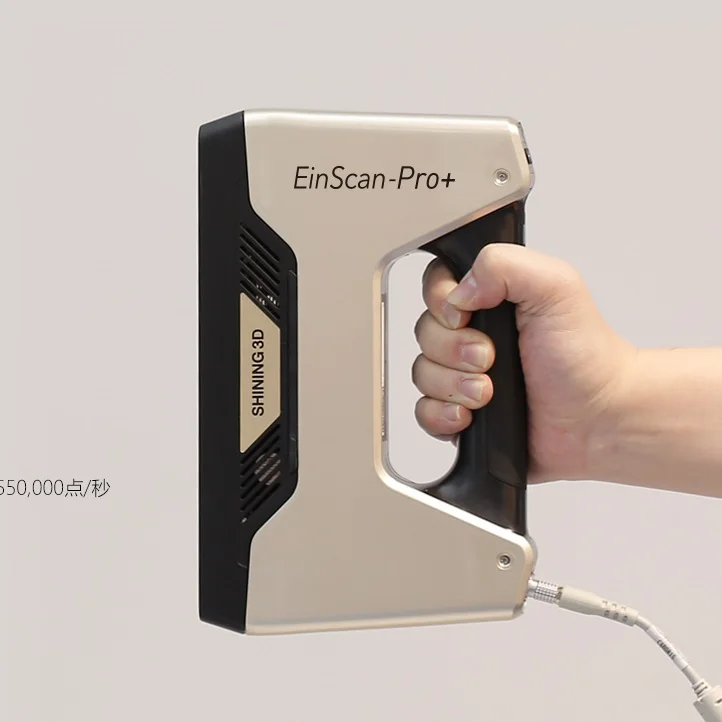 They are not as precise as most 3D scanners, but mobile apps are a great way to get familiar with 3D scanning.
They are not as precise as most 3D scanners, but mobile apps are a great way to get familiar with 3D scanning.
3D scanner price
3D scanner prices can range from just several hundred dollars to over $100,000.
Desktop 3D scanner price
Desktop 3D scanner prices vary a lot from one model to another. It can start at a few hundred dollars and can top out at around $50,000 for the more advanced 3D scanners. More industrial-grade, robot-mountable scanners can cost double.
Handheld 3D scanner price
The handheld 3D scanner price range is very wide. A professional handheld 3D scanner can start at around $5,000 and can reach up to over $70,000 for very high-end and advanced 3D scanners.
There are plenty of great entry-level options for a couple of thousand dollars. Mid-range handheld 3D scanners tend to cost between $10,000 and $30,000.
Industrial 3D scanner price
Industrial 3D scanners generally offer more cutting-edge features and higher precision.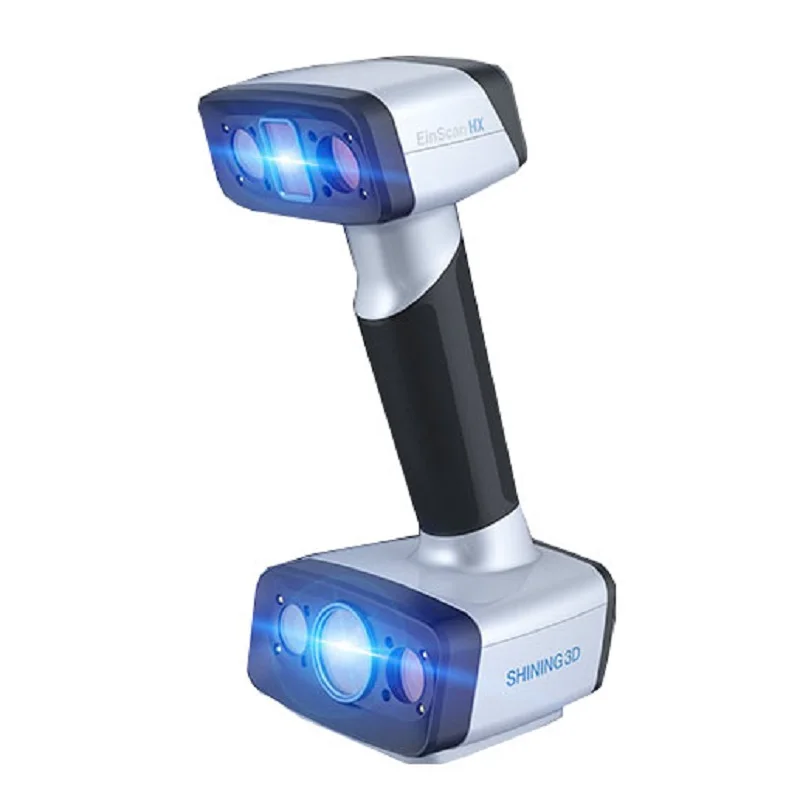 Hence, their prices can be pretty high, ranging from $10,000 for the simplest ones to more than $100,000 for the most evolved ones.
Hence, their prices can be pretty high, ranging from $10,000 for the simplest ones to more than $100,000 for the most evolved ones.
3D scanning applications
There are many reasons to buy a 3D scanner, for various industries and applications.
Reverse engineering
Reverse engineering, also known as retro-engineering, is the process of extracting information from an object or process and studying it. 3D scanners can be used to capture all the parts of a disassembled object to create a 3D model. The user will then be able to digitally study it in 3D afterward.
Jewelry
Jewelers are starting to use 3D printing and 3D scanning to build casts in order to create amazing jewels. Read more on our 3D printing and 3D scanning for jewelry page.
Dental
Dentists and dental labs are using 3D printing to build and create various dental appliances. Find more information on our 3D printing and 3D scanning for the dental industry.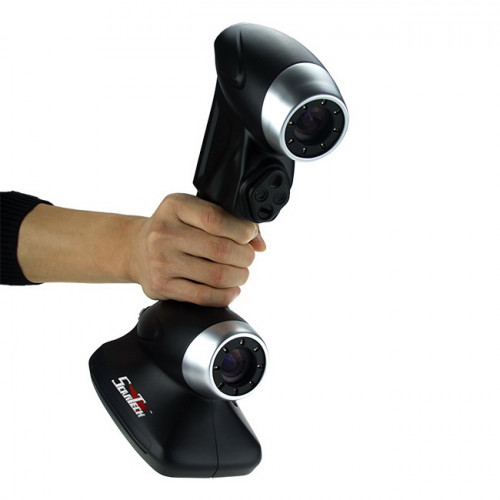
Medical
3D scanners are very versatile and are used in many different ways in healthcare, from making prosthetics to studying a person’s posture. Find more information in our guide to 3D scanning and 3D printing for the medical industry.
A dental 3D scan by Pierre-Antoine.Metrology/inspection
Industries need to make sure their factories are producing perfect products that are perfectly in line with the products’ reference dimensions. 3D scanners enable professionals to efficiently measure potential discrepancies.
Figurines and 3D selfies
3D portraits or mini-me’s are increasingly popular. To make one, you scan yourself in 3D and 3D print your mini lookalike. To learn more about the subject, you can visit our 3D printed figurines, 3D selfies, and 3D portraits page.
Architecture
Architects can use 3D scanning to capture an area, building, or habitation and present it in a more efficient way to their clients.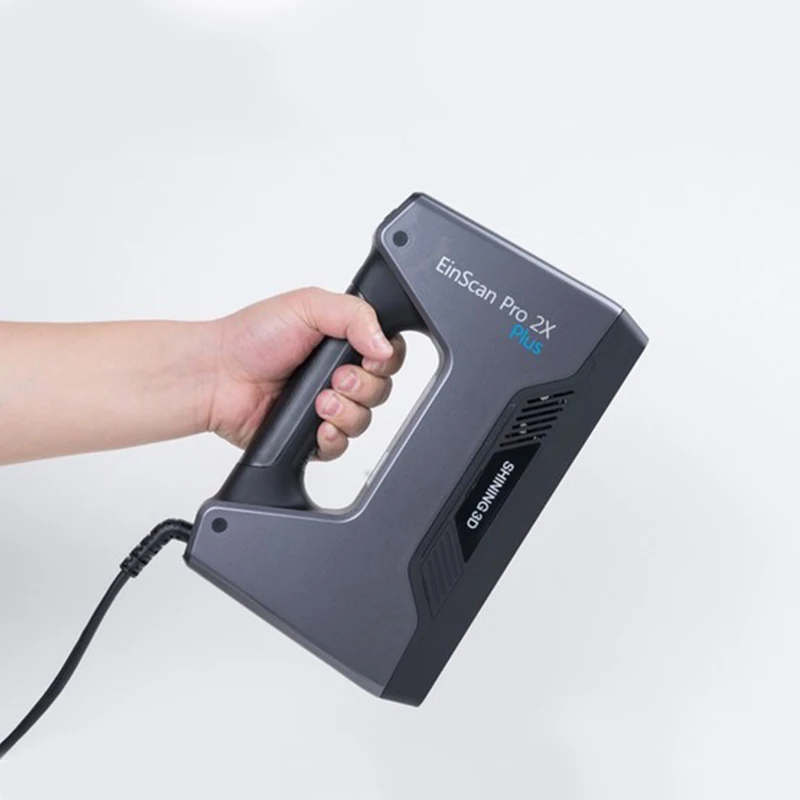 Find more information on our 3D scanning and 3D printing for architects page.
Find more information on our 3D scanning and 3D printing for architects page.
Archeology and museums
Archaeologists, museum curators, and researchers are starting to use 3D scanning to get a better view and capture ancient pieces. To read more about this topic, you can visit our 3D printing and 3D scanning in archeology and cultural preservation page.
A dot cloud of Notre Dame. Source: engadgetOverview of 3D scanning technologies
Photogrammetry
Photogrammetry consists of taking measurements from photographs to recover the exact positions of surface points.
The principle of photogrammetry is to analyze several photographs of a static subject, taken from different viewpoints, and to automatically detect pixels corresponding to the same physical point.
Photogrammetry enables scanners to capture an object’s color (a.k.a. texture). This technology also often serves to detect positioning markers (sticky targets placed on or around the object to help the scanner precisely align scans together).
Structured light
3D scanners using structured light project a series of linear light patterns onto an object.
The system is then able to examine the deformations of each line and to calculate the distance between the 3D scanner and the object’s surface. With this data, the software is able to build an accurate 3D model of the object.
Structured light 3D scanning technology. Source: Depth BiomecanicsTriangulation
A 3D scanner using triangulation technology will project a laser beam on the object’s surface and measure the deformation of the laser ray (similar to structured light, but with one or more lasers).
3D scanning laser triangulation technology. Source: NeoMetrixContact
Contact 3D scanners probe the subject via physical touch. A touch probe moves along an object’s surface to record 3D information.
For more precise and detailed explanations, you can visit our 3D scanning technologies page.![]()
FAQ
What is the most accurate 3D scanner?
The most accurate 3D scanners are metrology 3D scanners, which generally offer an accuracy of around 20 microns.
Is a 3D scanner worth it?
This is entirely up to how much you will be using your 3D scanner. We can however say that 3D scanning is an impressive technology that does help save a lot of time for product design, reverse engineering, part inspection, and many other use cases.
How much does a good 3D scanner cost?
Again, the definition of “good” is quite subjective in 3D scanning. Some of the best 3D scanners we have reviewed cost between $10,000 and $30,000. But a $5,000 3D scanner can do “good” if its specs meet your requirements.
Is 3D scanning expensive?
Not only is 3D scanning hardware generally expensive, but so are the necessary, professional software solutions.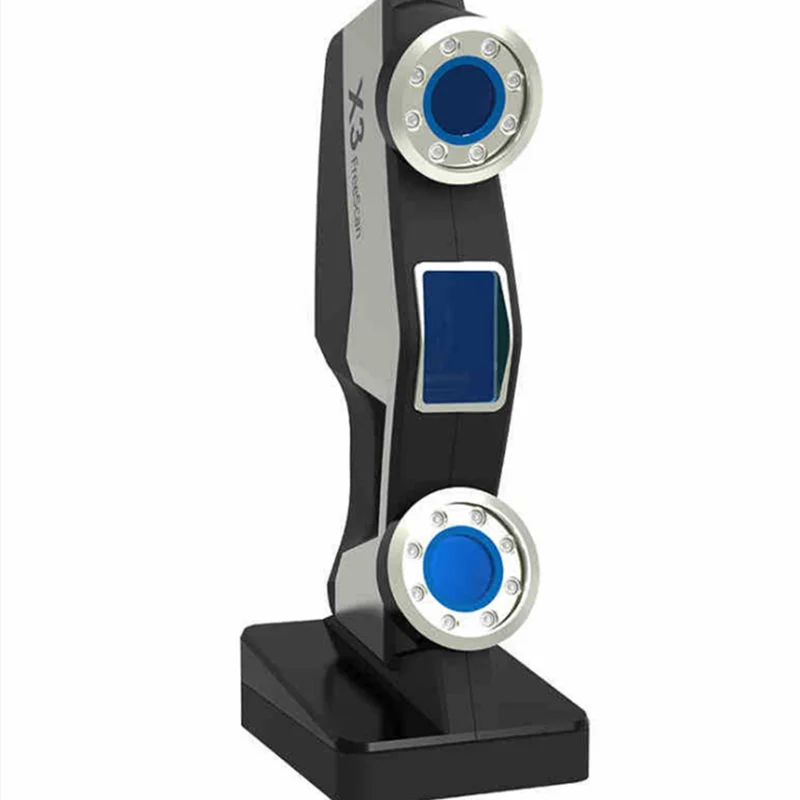 Sometimes, it’s a one-time fee for a permanent license; other times, a monthly or yearly subscription is the only way to access a software suite. And to run such software, you will likely require a powerful, monster of a PC with a lot of RAM and a high-end graphics card. You may also need to buy a tripod or turntable if they aren’t included in your 3D scanner package. All of this can quickly amount to several thousand dollars.
Sometimes, it’s a one-time fee for a permanent license; other times, a monthly or yearly subscription is the only way to access a software suite. And to run such software, you will likely require a powerful, monster of a PC with a lot of RAM and a high-end graphics card. You may also need to buy a tripod or turntable if they aren’t included in your 3D scanner package. All of this can quickly amount to several thousand dollars.
Day-to-day 3D scanning expenses can include cans of mattifying spray and rolls of adhesive markers if you need them. Other than that, aside from potential software subscriptions, there are no extra hidden costs.
Top Ten 3D Scanners from $100 to $100,000 / Sudo Null IT News There are several ways for you: you can of course create your 3D model from scratch in a 3D modeling program or find a suitable one on the Internet, but you can also scan an existing object! The purpose of this review is to help you understand the variety of 3D scanners available and offer the best in every price segment from a photogrammetric smartphone app to professional 3D scanners.
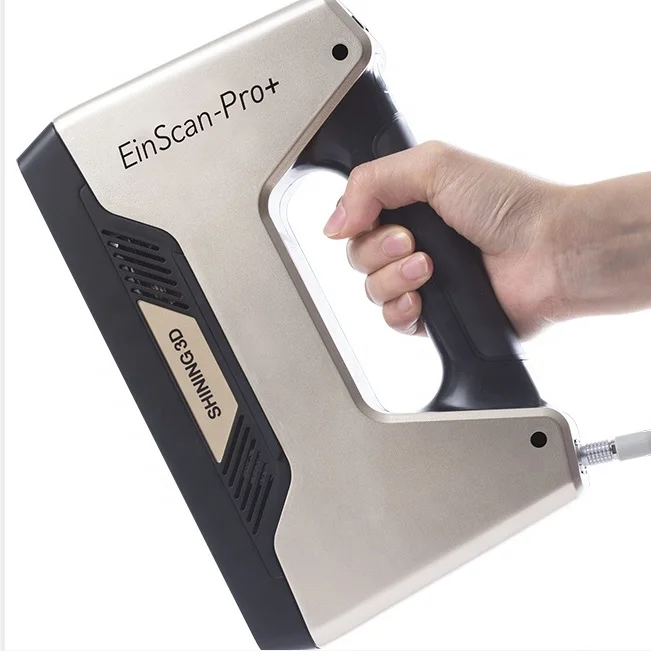 nine0003
nine0003 Scanners are listed in ascending price order so you can choose the one that suits your budget and use the resulting 3D models for both 3D printing and animation.
If you are not satisfied with the proposed solutions, there is an extended overview at this link.
3D scanner in hand:
1. Best smartphone app: Autodesk 123D Catch (free)
Autodesk 123D Catch is a free photogrammetric application. It allows you to create a 3D model from photographs of an object taken from different angles. You can use it to scan objects, people, and even the landscape. For some applications, if you don't need perfect accuracy, you don't need special equipment. This application actually provides quite good detail and is easy to use. However, it will take you at least 30 minutes for the app to process your photos as the processing takes place on the server and it takes time to send them. nine0003
2. Best DIY 3D Scanner: Kinect ($99. 99)
99)
The Xbox Kinect is designed to expand your gaming experience. It is not designed for 3D scanning, but you can easily find manuals and third party software (like ReconstructMe) to turn it into a 3D scanner. If your arms are growing out of your shoulders, this is an interesting and inexpensive solution for 3D scanning.
Price: $99.99
Resolution: 0.051mm
)
This scanner can be attached to your tablet or phone (generally designed for iPad, but can be adapted to other devices). Lightweight and easy to use, with a very good resolution. Suitable for large items (can scan a full-length person) and outdoor scanning. You will be able to use it with software running on Occipital's SDK. This will increase the resolution and give you access to special features like room scanning. It probably won't be something you'll use for 3D printing, but it's interesting for game development, for example.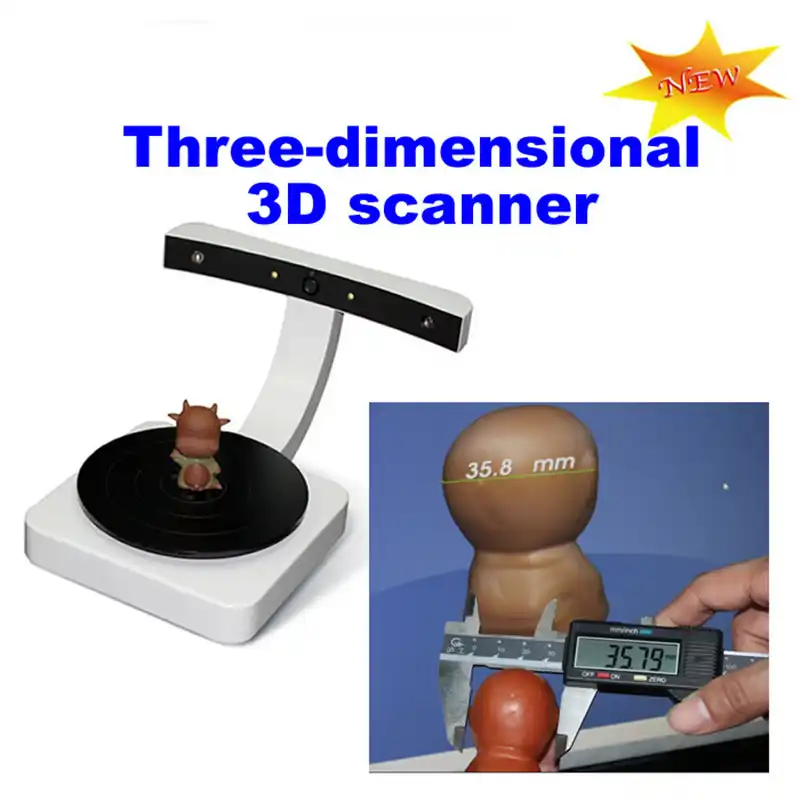 nine0003
nine0003
Price: $ 379
Resolution up to: 0.5 mm
accuracy to: 4 mm
4. The best of cheap manual 3D scanners: Cubife ($ 399)
3D 3D-scanners can be quite affordable and easy to use if you choose from inexpensive portable models. Cubify fits these criteria very well and has a relatively good resolution. But still, its capabilities are not enough for texture scanning and it is better to use it for subsequent 3D printing of one-color models. nine0003
Price: $ 399
Resolution: 0.9 mm
Resolution at a distance of 0.5 m: 1 mm
3D scanner on the table:
5. Best and cheapest table 3D 3D 3D 3D 3D 3D 3D- Scanner: Matter and Form ($519)
If you're looking to take your quality to the next level, you can purchase a desktop 3D scanner. This model is compact, easy to use, and delivers good resolution, especially considering the price (not your go-to option if you're looking for perfection, but great for educational and demo purposes).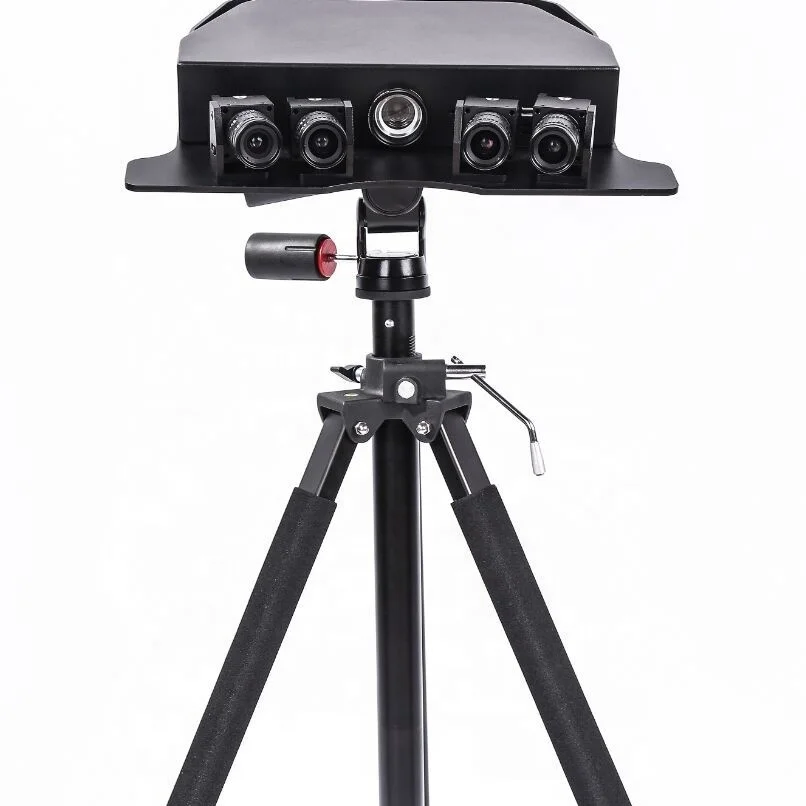 The scanning process takes place with the help of a laser and a rotating platform. The scan takes about five minutes and simultaneously reads the texture of the object. nine0003
The scanning process takes place with the help of a laser and a rotating platform. The scan takes about five minutes and simultaneously reads the texture of the object. nine0003
Price: $ 519
Resolution: 0.43 mm
accuracy: ± 0.25 mm
6. The best device "two in one": XYZPRINTING DA VINCI 1.0 ($ 600)
is inexpensive combines a 3D scanner and a 3D printer. The quality of the models is not too high, but the price is very low for such a combined device. This makes the XYZprinting Da Vinci the easiest solution for beginners who want to get into the world of 3D scanning-printing. nine0003
Professional 3D scanners:
7. Best value for money portable 3D scanner: Fuel3D Scanify ($1490)
Very easy to use, intuitive, and feels good in the hand, this scanner delivers good accuracy and texture quality. The only limitation is that the size of the scanned area is limited, which is great for small objects, but for scanning a full-length person, for example, it will not work.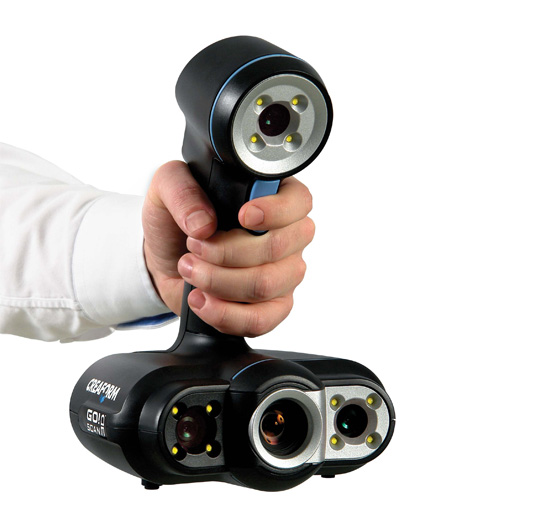 nine0003
nine0003
Price: $ 1490
Resolution: 0.35 mm
accuracy: to 0.3 mm
8. Best price The scanner uses a different scanning technology than others. Instead of a dual laser scanning system, it uses a structured light source and cameras for fast scanning with very fine detail down to 0.06mm! The scanner comes with DAVID Pro Edition 3 software that works with OBJ, STL and PLY 3D file formats that can be exported to other programs for further editing. nine0003 Price: $ 3995 9. The best table professional 3D-scanner: SolutionIX REXAN 4 ($ 79 900)
Resolution: 0.06 mm
accuracy: 0.5% of the size of the object
 The scanner can be used to scan larger objects by increasing productivity with a photogrammetric system. As an option, it can be equipped with an automatically rotating platform capable of supporting up to 50 kg of weight. nine0003
The scanner can be used to scan larger objects by increasing productivity with a photogrammetric system. As an option, it can be equipped with an automatically rotating platform capable of supporting up to 50 kg of weight. nine0003
Price: $ 79 900
accuracy: from 0.03 to 0.71 mm
10. Best professional manual 3D scanner: Metrascan 750 ($ 50,000 - $ 100,000)
Creaform Metrascan 750 is a complete professional, production solution for accurate 3D scanning. It is light, accurate, fast, and scans objects of any surface quality, with any texture with excellent accuracy.
Price: $79900
Resolution: 0.050 mm
Accuracy: Up to 0.03 mm
We hope this was a useful read and you found a 3D scanning solution suitable for your needs and your budget! If you want to learn more about photogrammetry, you can read this article.
Good luck with your 3D scanning!
Techno Print 3D Company
This is our first review of the most popular and inexpensive 3D printers for 2020. The list will include the best-selling devices in two price ranges (up to 30 tr and up to 60 tr). Printers working with both plastic filament (FDM) and photopolymers (LCD/DLP) will be presented. This list will always be up to date, as it is periodically updated and supplemented. Read more→
The list will include the best-selling devices in two price ranges (up to 30 tr and up to 60 tr). Printers working with both plastic filament (FDM) and photopolymers (LCD/DLP) will be presented. This list will always be up to date, as it is periodically updated and supplemented. Read more→
The Chinese company Dazz3D announces the launch of the project on KickStarter and accepts pre-orders for Dazz3D Basic and Dazz3D Pro 3D printers. These revolutionary new devices are aimed at both the professional and amateur markets. Read more→
We all know that precise calibration of the 3D printer desktop is the foundation and the key to successful printing on any FDM printer. In this article we will talk about the main and most popular ways to level the "bed". So, as mentioned above, 3D printing without desktop calibration is impossible. We face this process Read more→
It's hard to go through a day today without hearing about 3D printing technology, which is bursting into our lives at an incredible speed. More and more people around the world are becoming addicted to 3D printing technology as it becomes more accessible and cheaper every day. Now almost anyone can afford to buy a 3D printer, and with the help of Read more→
More and more people around the world are becoming addicted to 3D printing technology as it becomes more accessible and cheaper every day. Now almost anyone can afford to buy a 3D printer, and with the help of Read more→
The FormLabs Form 2 and Ultimaker 3 are perhaps the most popular 3D printers today, capable of high quality printing with incredible surface detail. Moreover, these two devices use completely different technologies, and therefore, there are a lot of differences between them. Many will say that it is wrong to compare them or Read more→
XYZprinting, best known for its daVinci line of desktop 3D printers, is bringing five new devices to the professional and industrial environment. One will use laser sintering technology, the second full color inkjet printing and three DLP machines. First of all, the novelties will be of interest to dentists and jewelers. Read more→
Cleaning the nozzle of a 3D printer is a fairly common process that any user of such a device has to deal with.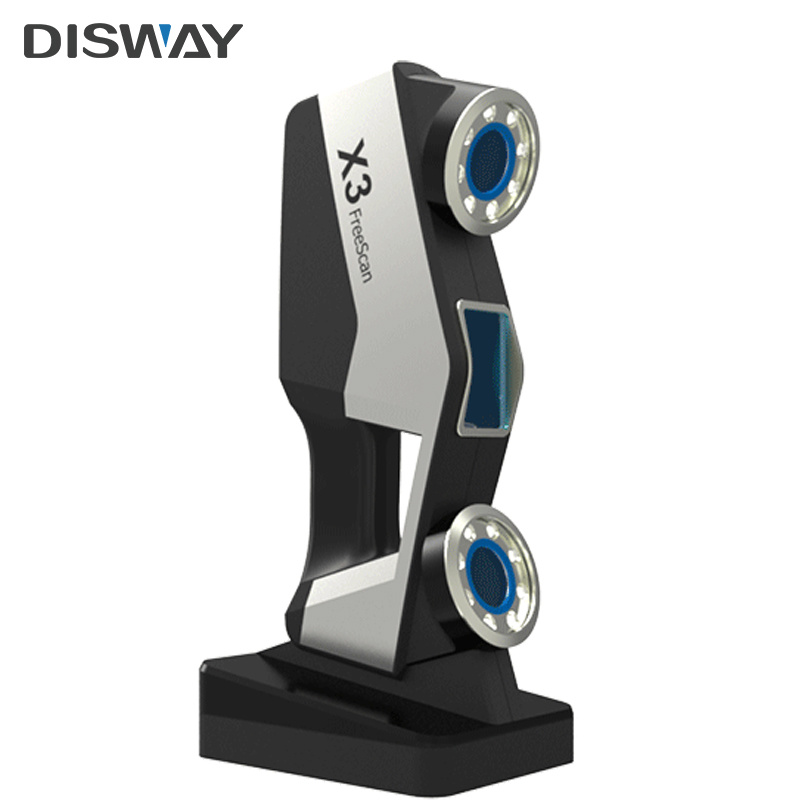




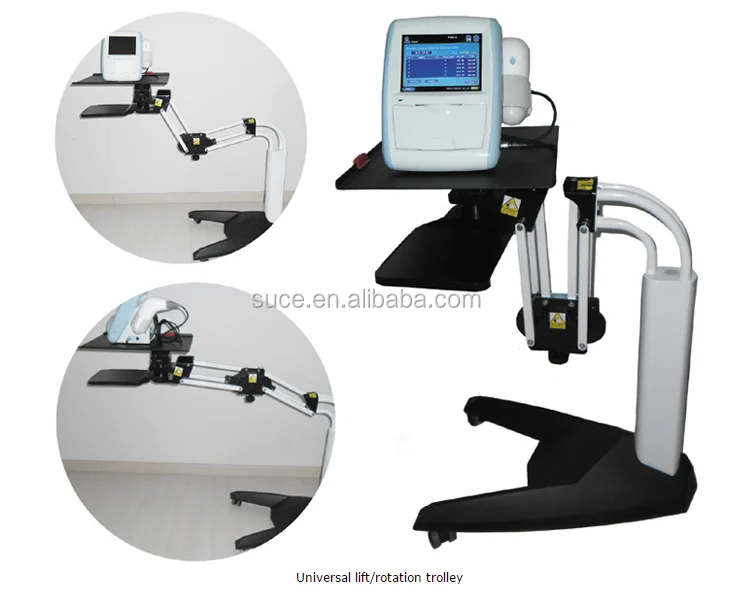
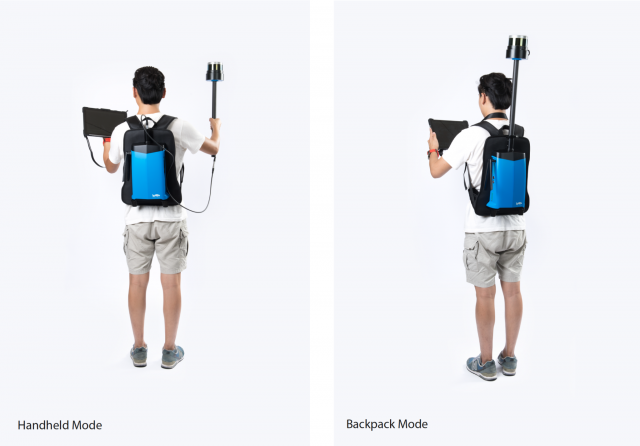 Prices may vary by region, over time and do not include additional products or services (taxes, shipping, accessories, training, installation, …).
Prices may vary by region, over time and do not include additional products or services (taxes, shipping, accessories, training, installation, …).